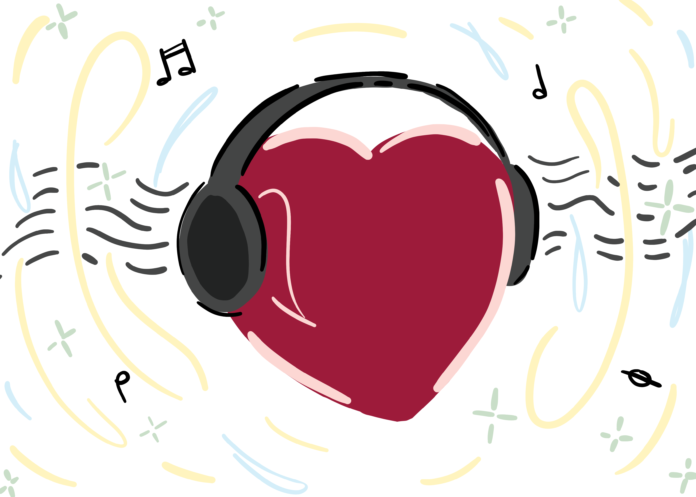Why you should consider options beyond streaming services in support of your favorite artists
By ADHITHI ANJALI — arts@theaggie.org
The days of compact discs and physical music are undoubtedly coming to an end. Today, over 50% of the music we listen to is through streaming, a practice that has truly revolutionized the music industry. Whether through Youtube, Spotify or Amazon, subscription services and advertisements have become integral to our listening habits.
Professionals in the industry now think about how to get more streams than CD or vinyl sales, what will clip well on social media and which sounds will gain traction on largely visual mediums. The newest and most popular laptops, such as the MacBook Air or Chromebook, are no longer even equipped with a CD player. The goal of our devices. as well as our media, has become to be more compact and less physically involved.
The loss of physical media and drastic growth of streaming has become associated with a disregard for the rights and incomes of musicians, though. We have all heard it thrown around that artists are paid less than a cent — more accurately, less than half a cent — per stream.
The disproportionate market share of streaming services and this measly profit for artists instigated a 2021 report from the UN through the World Intellectual Property Organization (WIPO). The report discussed the failings of streaming services to establish a fair method of payment to artists.
A massive discrepancy is apparent. Spotify tripled in value during the pandemic, but artist revenue stalled at the half-dollar mark. Last year, these economic challenges even brought about global protests against Spotify. These were organized by the Union of Musicians and Allied Workers (UMAW) and demanded not only fair compensation but also increased transparency of their royalty revenues per stream.
So, if streaming comes with this economic baggage, what can we do about it? We won’t be getting our CD players back anytime soon, but purchasing music is still an option for those artists you really want to directly support. UMAW lists some resources, such as pay-as-you-play co-op services like Resonate and Ampled, which are owned by artists and ditch the subscription price.
One of the most popular downloading services is Bandcamp. The company is very transparent with their payment, with 80-to-85% going directly to artists and the rest being collected as Bandcamp’s revenue share. However, if you want to bypass that share and send your dollar directly to the artist, look out for “Bandcamp Fridays,” where Bandcamp waives its revenue share and sends more to the artists instead. The next one is on March 3, so if you have a favorite artist or just want to support a friend in the music industry, make sure to find them on Bandcamp.
Both Bandcamp and Resonate have clear paths for you to also own the music you pay for — another lost relic of physical media. Of course, the biggest difference between Bandcamp and Spotify is that you are no longer renting out your favorite songs for nearly $10 a month.
Additionally, if data privacy is a concern for you, buying your music leaves a smaller trace than streaming. Spotify, for example, collects more than just your listening habits. It can collect your name, email address, phone number, date of birth, gender, address, GPS location and more. Services like Resonate do not need this data and are not attempting to curate a chamber of ads and music that will keep you in an app.
Disconnecting from streaming services has also personally pushed me to engage with journalism and blogs to expand my music taste. Relying less on algorithms and curated spaces of my favorite genres has led me to more exploration and experimentation. It brings back the sense of browsing a bookstore with no intention involved, just looking for that overwhelming feeling of discovery.
Streaming is undoubtedly here to stay and provides benefits of its own that consumers have grown to love. But while artists attempt to renegotiate the playing field, consumers can also look for ways to directly reach the art that impacts them instead of allowing streaming services to dictate where their money goes.
Written by: Adhithi Anjali — arts@theaggie.org




